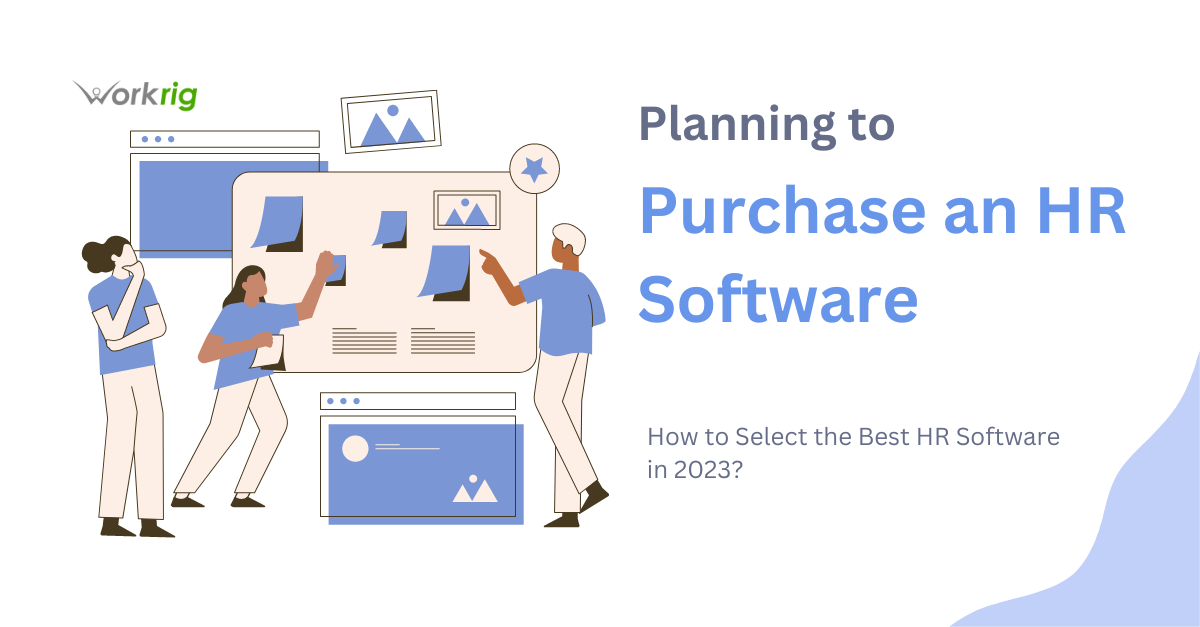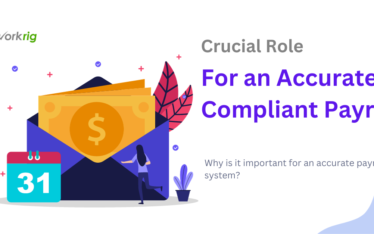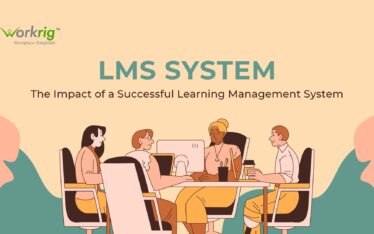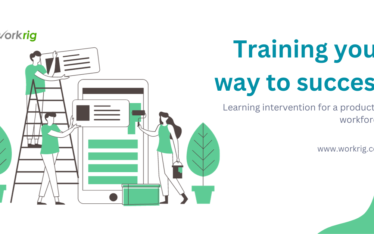How to Select the Best HR Software in 2023?

Purchasing the best HR tools for your company is more important than ever, and selecting the best HR software requires careful consideration of various factors. The stakes are more significant now than ever before. The need for HR products has skyrocketed, and in light of the disruption caused by the COVID-19 epidemic, people management has taken on increased importance.
This introduction puts you on the right track. It outlines all the essential steps for establishing a successful purchasing process and lists the qualities of HR software that ultimately determine if a product will satisfy your demands. The links in the guide lead to articles that go into greater detail about significant subjects.
HR Software: What is it?
Software used to manage HR functions like hiring, onboarding, training, payroll, benefits, time and attendance, performance management, and succession planning is referred to as HR software.
Unlike earlier versions of HR software, which were internally oriented and concentrated on the administrative duties of HR departments, today’s products give every employee access to the art and science of developing the organization’s human resources or its employees.
Here is a step-by-step guide to help you make an informed decision:
- Assess Your Organization’s Needs: Identify your HR department’s requirements and challenges. Consider areas such as payroll management, employee data management, time and attendance tracking, performance management, recruitment, and employee self-service features. This assessment will help you determine the key features and functionalities you need in an HR software solution.
- Research Available Options: Conduct thorough research on the HR software market. Look for reputable vendors and consider their track record, customer reviews, and industry reputation. Explore different types of HR software, such as integrated HR suites or specialized modules, and determine which type aligns best with your organization’s needs.
- Features & Functionality: Identify the key features your organization requires. Common features include employee data management, payroll processing, time and attendance tracking, performance management, recruitment, onboarding, learning and development, and analytics. Assess whether the software can accommodate your current and future needs.
- Consider Scalability and Flexibility: Ensure the HR software can scale with your organization’s growth and accommodate future needs. Consider whether the software can handle increasing employees, accommodate additional features or modules, and integrate with other systems or software you currently use.
- User Friendliness: Look for intuitive, user-friendly HR software. The software should have a well-designed interface that is easy to navigate, minimizing the learning curve for your HR team. Consider requesting a demo or trial period to test the software’s usability firsthand.
- Mobile Accessibility: With remote work becoming more prevalent, having mobile-friendly HR software can be advantageous for employees on the go.
- Integration Capabilities: Determine if the HR software can seamlessly integrate with your existing payroll, time and attendance, or applicant tracking systems. Integration can help streamline processes, reduce duplicate data entry, and improve overall efficiency.
- Data Security and Compliance: Ensure the HR software provider follows industry best practices for data security and compliance. Depending on your location and industry, look for features like data encryption, access controls, regular backups, and compliance with data protection regulations like GDPR or HIPAA.
- Pricing and Return on Investment (ROI): Consider the pricing structure of the software, whether it is a one-time purchase, subscription-based, or based on the number of users. Evaluate the total cost of ownership, including implementation, training, and ongoing support costs. Assess the potential ROI by analyzing the software’s ability to improve HR processes, reduce administrative tasks, and enhance employee productivity.
- Seek Recommendations and References: Consult with other HR professionals or industry peers implementing HR software. Ask for vendor recommendations, feedback, and references to gain insights into their software’s performance, customer support, and overall satisfaction.
- Free Trials & Demos: Many software vendors offer free trials or demos. Take advantage of these opportunities to test the software’s functionality and see if it meets your needs.
- Vendor Support and Reputation: Consider the vendor’s reputation and customer support services. Look for a vendor that provides responsive customer support, regular software updates, and ongoing maintenance. Check for online resources such as user forums, knowledge bases, or training materials that can assist your HR team in using the software effectively.
- Test and evaluate: Before making a final decision, test the shortlisted HR software options. Request a demo or trial period to assess how well the software meets your organization’s needs. Involve key stakeholders, including HR professionals, IT staff, and end-users, in the evaluation process to gather different perspectives.
- Make an informed decision: Evaluate all the collected information, considering the software’s features, user experience, scalability, integration capabilities, data security, pricing, and vendor support. Select the HR software that aligns most closely with your organization’s needs, provides the best value for money, and has a positive track record.
Choosing the best HR software for your organization in 2023 requires careful consideration of your specific needs and goals. Remember that the HR software market is constantly evolving, so evaluating the latest options is essential.
When selecting the best HR software for your organization, consider your specific HR requirements, scalability, ease of use, integration capabilities, customer support and pricing. Requesting demos, comparing features, and gathering feedback from other users and industry experts is recommended. Remember that selecting the best HR software is an important decision, so take your time, involve key stakeholders, and thoroughly assess each option before making a final choice.



